Monthly Archives: December 2020
December in the Garden—To Do List
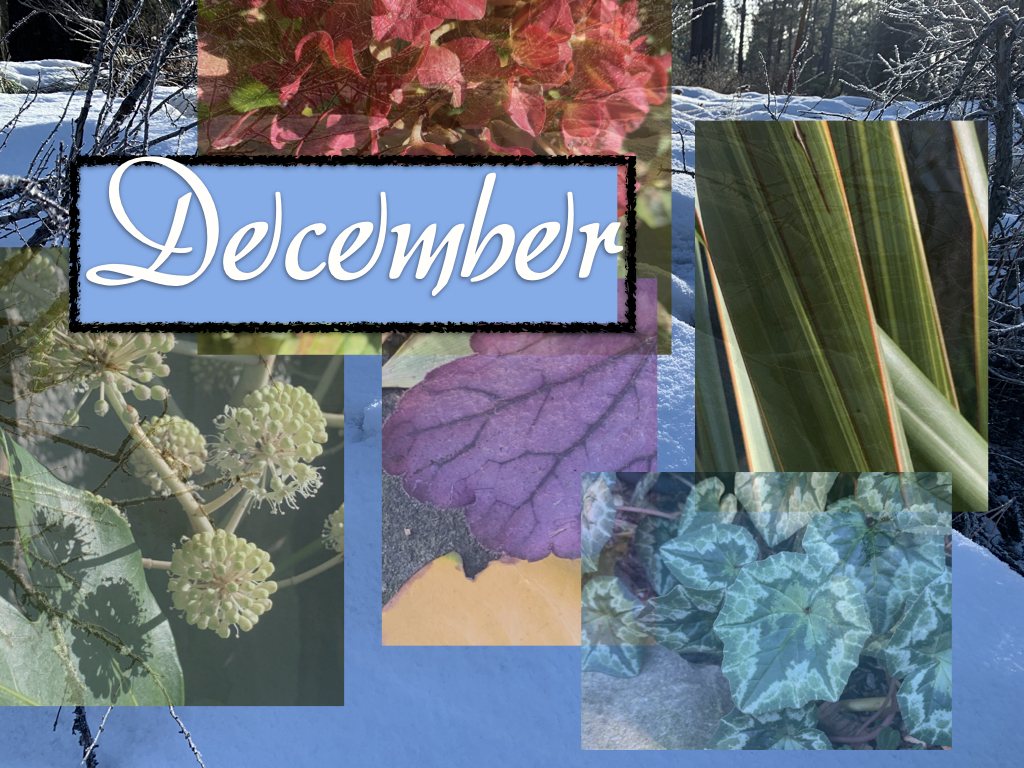
This guide is tailored for the western valleys of Oregon and Washington.
YOU can help to make the world a better, a more friendly, loving and beautiful place by being a good steward of the spot on this earth that you are privileged to be borrowing for a time—your garden. Nathan, the Treevangelist, urges you to treat your spot on this planet like your own personal Garden of Eden paradise. Then notice the joy that it will bring to you! This is your divinely mandated responsibility. Your trees, shrubs, flowers and the wildlife in your yard will express their smiling appreciation back to you and to others as they radiate love, joy and beauty bursting forth with vibrant and verdant life. Below is a to do list to help you to do just that.
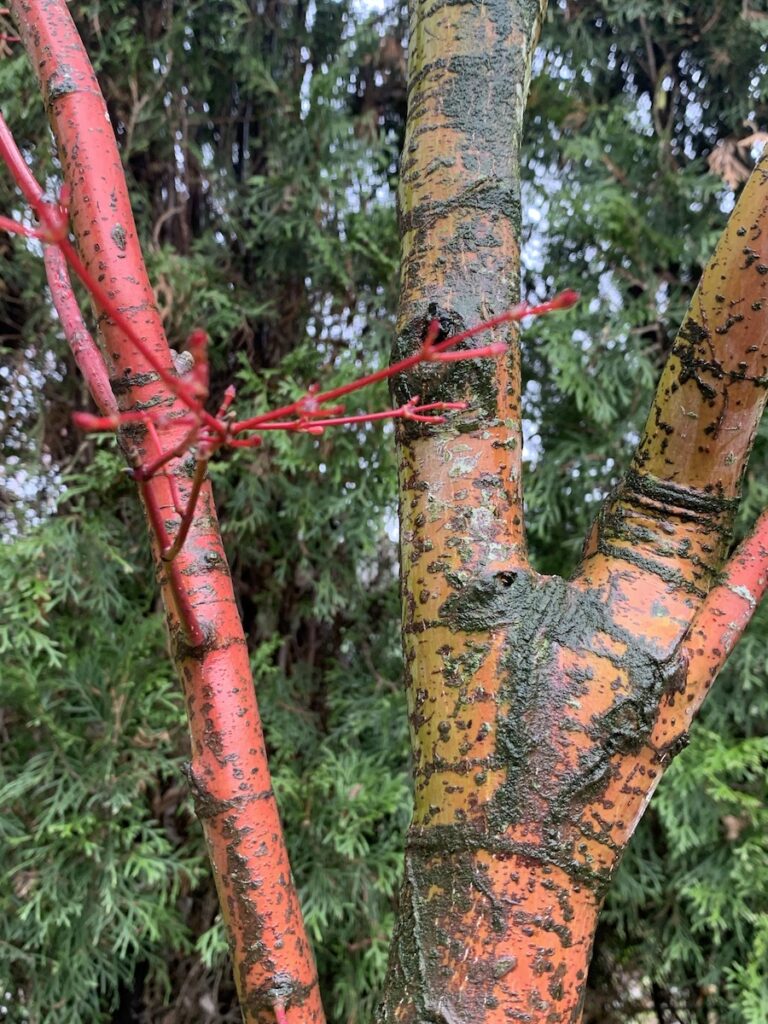
Winter is finally here. The leaves are down and picked up. The garden is at rest—a state of stasis, more or less. Time to kick back and give yourself a break from gardening for a little while until life begins to pop again in three months, unless, of course, you’re a diehard, incurable and inveterate gardener like me. In that case, you’re always messing around in your garden no matter the season or weather conditions! Gortex and wool are your best friends at this time of the year, aren’t they? For you hardy souls, here’s a checklist of things with which to keep yourself busy in your little oasis on planet earth during chilly December-r-r-r.
While you’re at it, take a few moments and scroll back through this same Good News Tree Service, Inc. blog and check out the archives for any tree and plant care articles that you may have missed. Also check out our YouTube channel at https://www.youtube.com/channel/UCvcu2lL9NpgoXQtUFYyQShw, our Facebook page at https://www.facebook.com/GoodNewsTreeService/ and our main website at https://goodnewstree.com. Please enjoy!
Readers’ suggestions on how to improve this list are gladly solicited. If you, the reader, have any suggestions for additions to this month’s list, please put them in the comments section of this article, and I will add them to the list. Thank you in advance! — Nathan
Tree and Shrub Care

- Fruit tree sanitation. To prevent possible spread of leaf diseases, rake up and remove leaves from around the base of fruit trees.
- Fruit tree pruning: After the leaves drop is an excellent time to prune trees that are done fruiting and for aesthetics, since wounds will heal more quickly in warmer weather than occurs in winter. This is also a good time to reduce the height of overgrown fruit trees, since they are likely to produce fewer water sprouts now then when pruned in the spring.
- Storm proof your larger trees: With the advent of winter storms and the potential damage that they may inflict upon your trees, have an ISA Certified Arborist with an ISA Tree Risk Assessment Qualification (like Good News Tree Service, Inc.) inspect your large trees for the potential of failure due to weak root systems and defects in trunks and branches. This can be done anytime of the year, but now, before the winter storms hit, is an excellent time to proactive assess the condition of your trees for potential limb and trunk breakage.
- Large trees: After each major weather event, check your trees for damage such as broken or hanging limbs. If you have concerns or questions about your trees, have an ISA Certified Arborist with an ISA Tree Risk Assessment Qualification (like Good News Tree Service, Inc.) inspect your large trees for damage or the potential of failure due to weak root systems and defects in trunks and branches.
- Plant or transplant trees and shrubs. After the cold, seasonal rains have started is a good time to plant or transplant ornamental trees and shrubs. Cooler weather means less transplant shock to the plants, and over the winter and spring, they will have time to begin to acclimate to their new environment before the stress of the next summer season occurs.
- Prune your trees and shrubs. This is a good time to start pruning your deciduous trees and shrubs after the leaves have fallen and a tree’s branching structure is clearly visible making pruning easier. If you’re not sure what to do, or how to do it, call Good News Tree Service, Inc. for a consultation, pruning lessons or to have them to the pruning for you.
- Prune coast/shore pines (Pinus contorta) and Scotch/Scots pines (Pinus sylvestris). These two pines are especially susceptible to the sequoia pitch moth whose larvae burrow into the tree trunks during the growing season (April through September) causing the trees to exude large amounts of unsightly pitch globules. While this seldom kills the tree, the bleeding of sap is not good for the overall health and vigor of the tree. It is advisable, therefore, not to prune these pine trees during the growing season, since the pruning cuts attract the moth, which then lays eggs on the tree, which hatch into tree-burrowing larvae. Pruning should be done on your pines from November to March.
- Mulch trees and shrubs: Apply two to three inches of mulch around all trees and ornamental shrubs. This helps to fertilize the plants and feed the soil, and also protects them against weed growth and loss of water when the warmer weather returns, and helps to insulate the roots against cold weather in the winter.
- Water your plants. Are you serious? In the winter time? Yes. Because of climate change, rain is not falling as regularly and frequently as it used to. For the past few years during the winter months, it is not uncommon to go several weeks with little or no rain. This means that shrubs or trees planted earlier in the season may need a drink of water from time to time during these dry times. This is because their roots aren’t established yet and therefore don’t have the water uptake capabilities that established plants have. The symptom of lack of water, as usual, is drooping and wilting leaves.
Elsewhere in the Garden
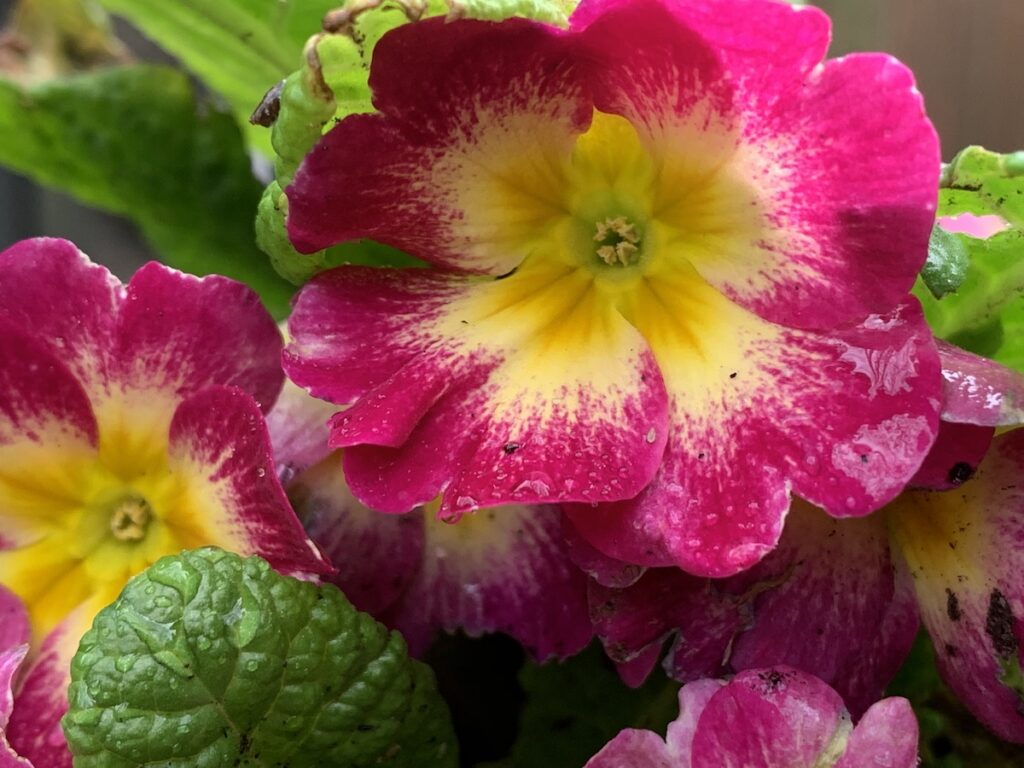
- Put slug bait around winter flowers.
- Plant spring flowering bulbs.
- Rake and dispose of ornamental tree leaves, or better yet, compost them and then spread the decomposed leaves back onto your shrub beds as a mulch next year.
- Mulch your shrub beds. Put a two to three inches of mulch (e.g. bark dust, garden compost or wood chips) around perennials and other plants that might be sensitive to subfreezing weather. Also, spread a fresh layer of mulch (e.g. bark dust, garden compost or wood chips) on all the bare dirt areas in your yard to prevent soil compaction from rains, to prevent weed growth and to enrich and help to condition your heavy clay soils. Adding a layer of mulch (several inches thick) over any tender perennial flowers, especially if the weather turns extremely cold and the ground freezes, will prevent death of flowers like dahlias.
- Winterize your irrigation system. Provide winter protection to in-ground irrigation systems by draining them and insulating valve mechanisms.
- Winterize your outdoor faucets. Protect outside faucets from subfreezing temperatures, and drain and store garden hoses in your garage or garden shed.
- Cut English ivy off of the base of trees. (This can be done any time of the year.)
- Feed the birds. Dutifully maintain your bird feeders. As winter comes, birds have a harder time finding food. This includes both seed and suet feeders. During dry spells, keep your bird bath watering hold full of fresh water. Caring for the local wild birds brings life and excitement to your backyard by turning it into a bird-friendly sanctuary. The birds will thank you for your generosity by providing you with hours of entertainment, and by eating insect pests that harm your ornamental trees and shrubs. Remember to feed your local humming birds that overwinter in our region. If possible, fill your humming bird feeders with a syrup that contains only 100 percent sugar (e.g. sucrose or dextrose) minus any artificial sweeteners, red dyes and other chemicals. Your birds will be healthier for it. You can find excellent bird care products and advice from knowledgeable and caring professionals at your local Backyard Bird Shop.
Rose Care
- Mid to late fall: Prune your roses down by about one-third and remove any dead flowers and dead or diseased canes.
- Anytime of the year: Heavily mulch your roses. Organic mulch (such as wood chips, rotted compost, rotted manure) is the best. While barkdust helps to hold moisture in the soil, it contains little or no nutrients, so it doesn’t feed the soil and thus won’t feed your roses.
- For more information on the care of roses, go to the Portland Rose Society website at https://www.portlandrosesociety.org/all_about_roses.html.
Gallery of Our Backyard Wildlife by Sandi Lawrence
My wife, Sandi, co-owner of Good News Tree Service, Inc., snapped these photos of the winter wildlife in the three-ring circus or our busy backyard.
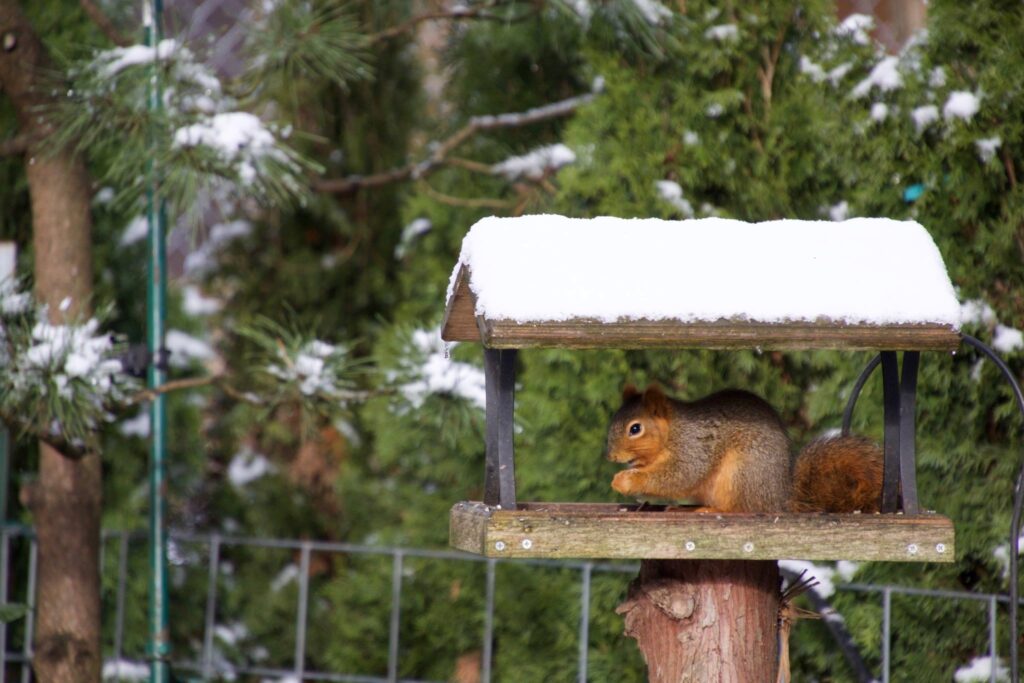
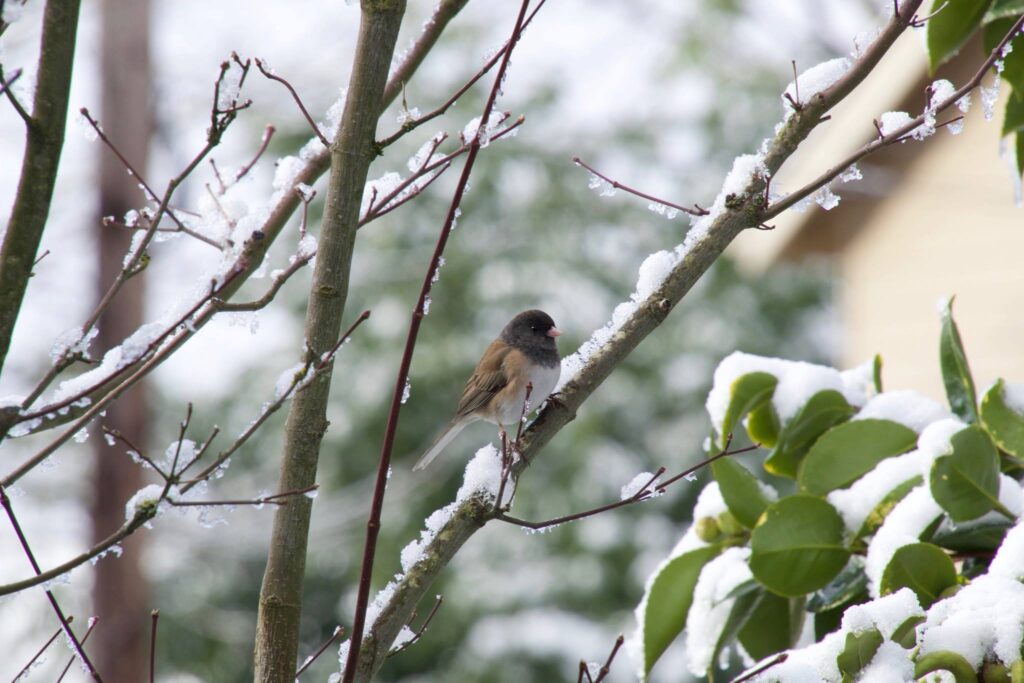
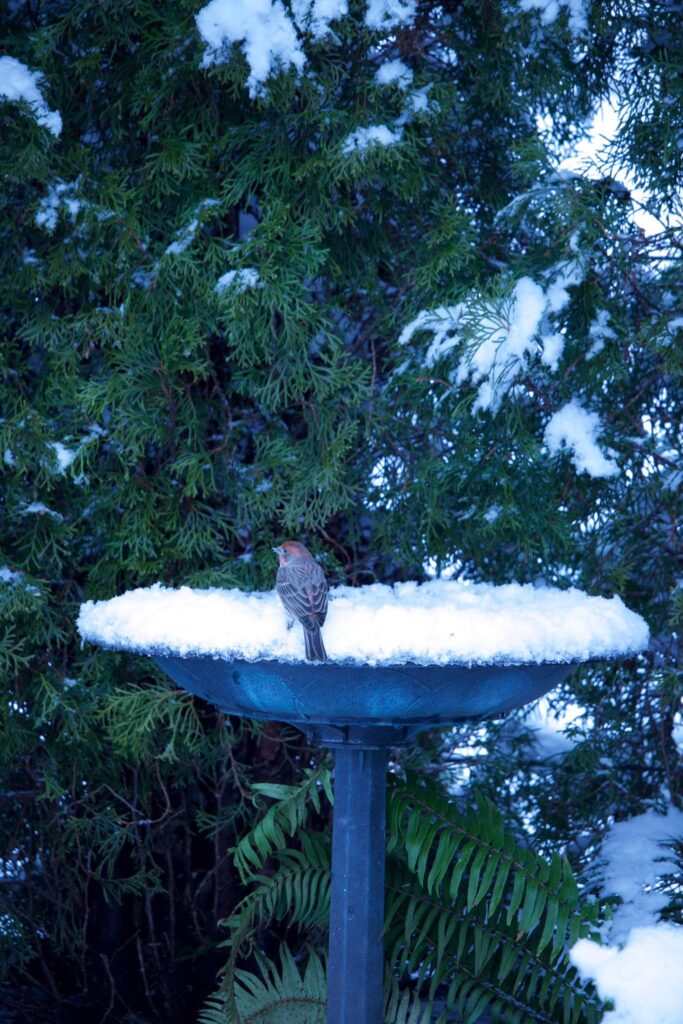
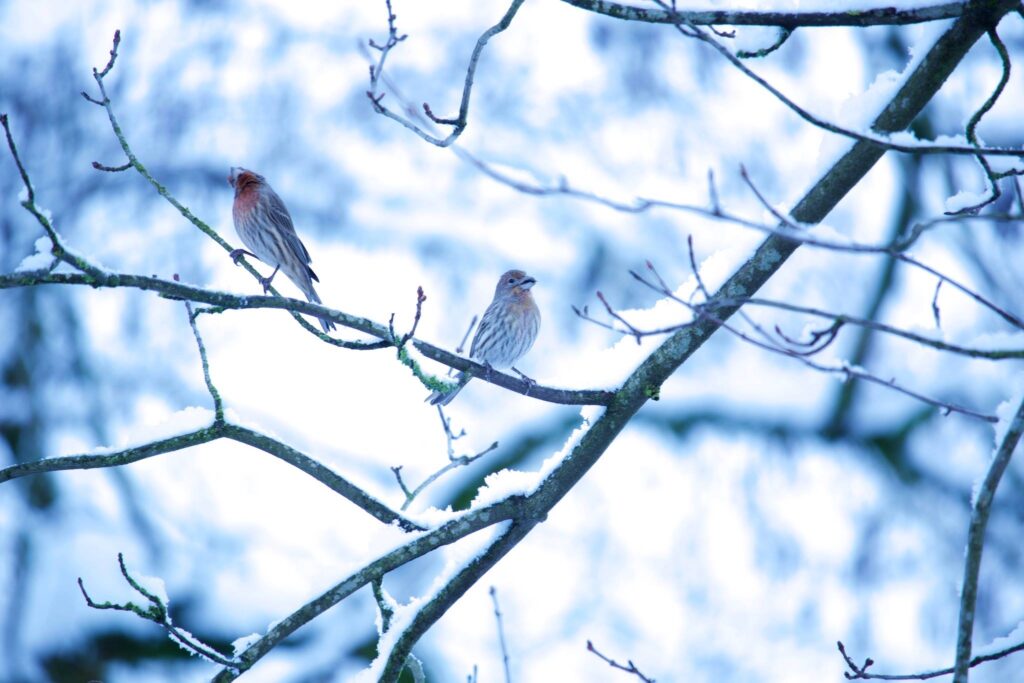
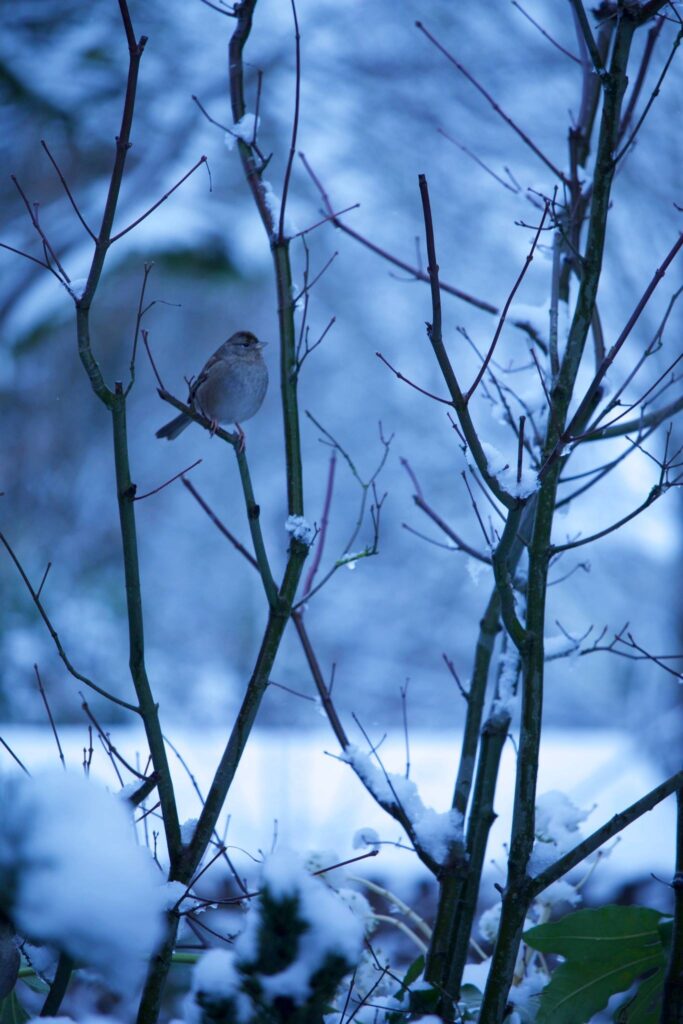
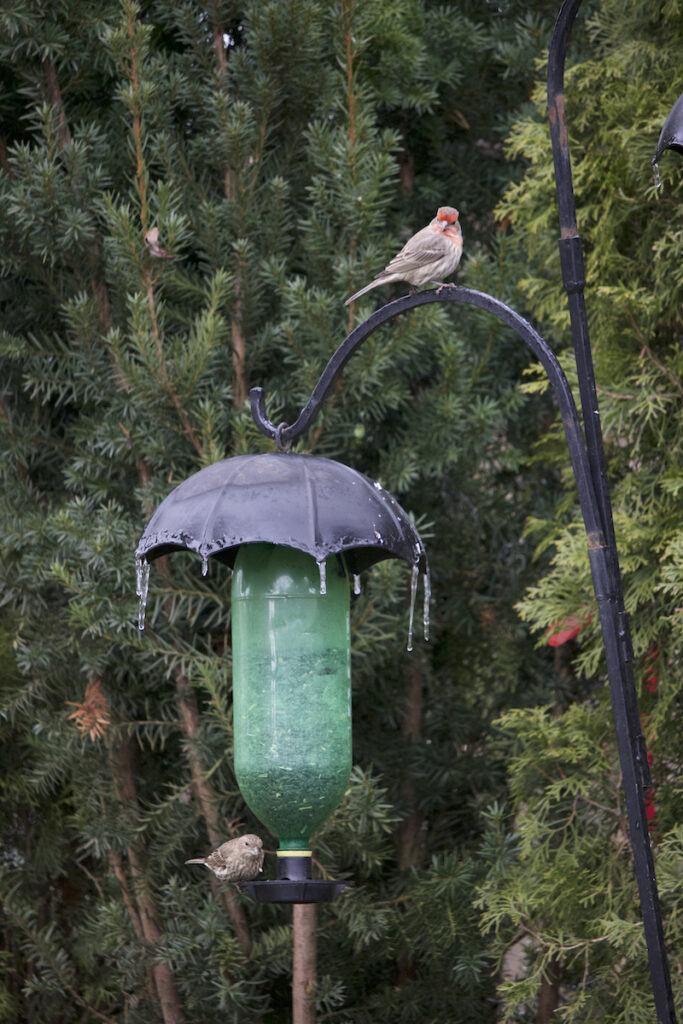

Is the City of Wilsonville Really That Tree Friendly? NOPE!
The City of Wilsonville proudly claims to be an Arbor Day Foundation “Tree City USA,” but is this more hype than reality? After 35 years as the owner of Wilsonville’s oldest and largest tree service, I have watched the City approve the ostensibly indiscriminate clear cutting of trees for numerous residential and commercial developments, and the planting of nearly all of the wrong street trees in all of the wrong place, only forcing property owners to have remove them later because of the damage they’re causing. I challenge Wilsonville to get proactively serious about tree preservation by consulting with arboricultural experts like me. This video discusses more of the same nonsense and folly being committed on one such development in Wilsonville because of the City’s greedy stack-and-pack Portlandesque urban density proclivities all at the expense of its local residents and its native trees. Shame on the City for this!
